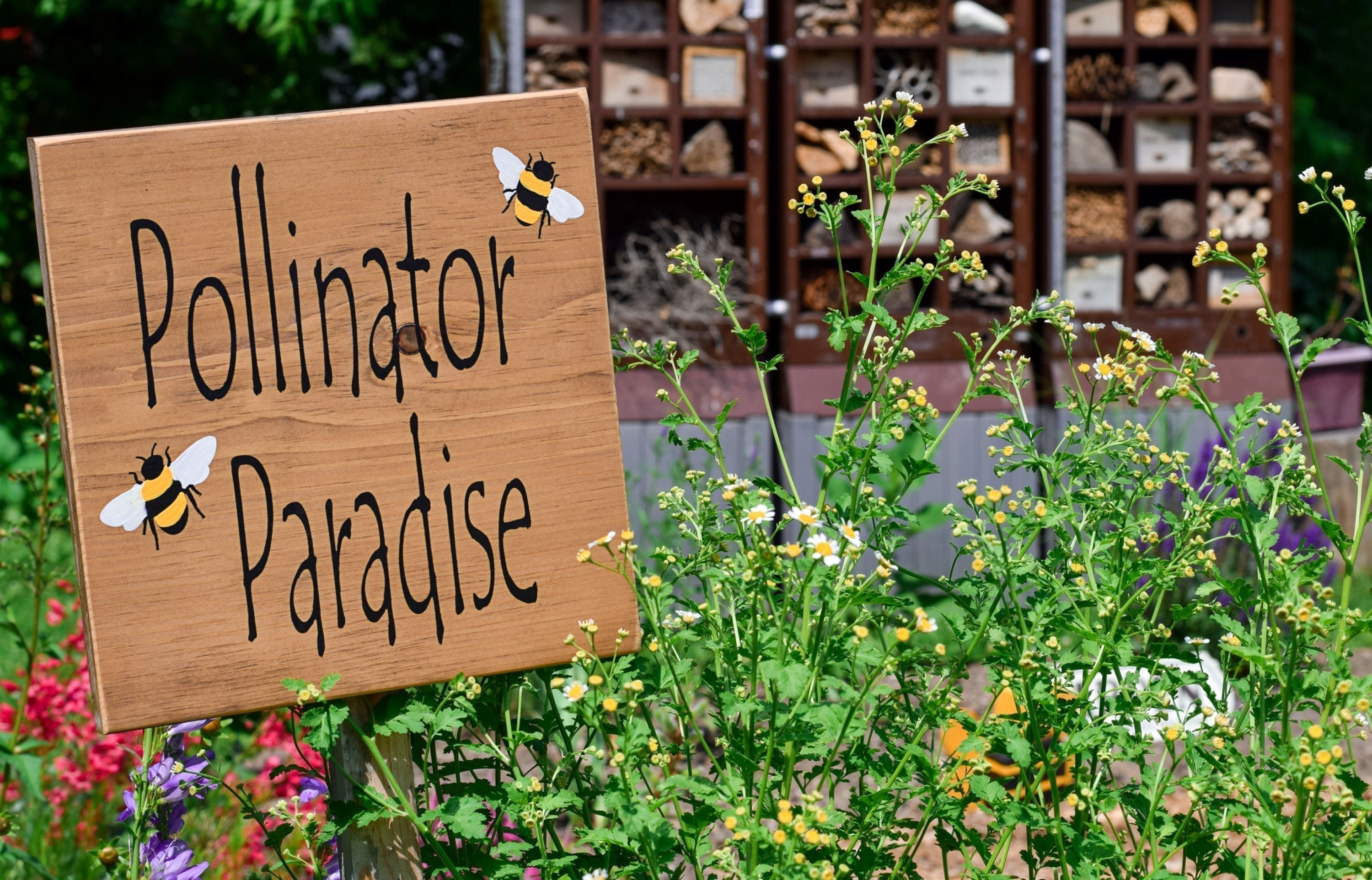
The Most Common Pollinators That Help Your Garden Thrive
Pollinators play a vital role in garden health and productivity. Without them, many of the fruits, vegetables, and flowers we love wouldn't grow nearly as well—or at all. While honey bees get most of the credit, they’re just one part of a much bigger team. Across the United States, a variety of pollinators help keep gardens blooming and food growing. Here are some of the most common pollinators you’ll find helping out in American gardens:
1. Honey Bees (Apis mellifera)
These superstars are probably the most well-known pollinators. Originally from Europe, honey bees have become essential in U.S. agriculture and gardening. They live in colonies and are managed by beekeepers, but wild populations also exist. They’re generalists, meaning they’ll visit a wide range of flowers, which makes them especially effective in diverse gardens.

2. Native Bees
The U.S. is home to over 4,000 species of native bees, many of which are excellent pollinators.
Here are a few key ones:
-
Bumble bees: Fuzzy, strong, and able to "buzz pollinate" plants like tomatoes and blueberries.
-
Mason bees: Solitary and super efficient, especially for fruit trees.
-
Leafcutter bees: Known for their skill at pollinating alfalfa and other legumes.
Native bees often outperform honey bees in certain tasks and are crucial for pollinating native plants.

3. Butterflies
Butterflies like monarchs, swallowtails, and painted ladies are not only beautiful—they’re also effective pollinators, especially for brightly colored flowers with flat landing pads. While they’re not as efficient as bees, their long tongues let them reach deep into tubular flowers.

4. Moths
Moths often pollinate at night, making them the unsung heroes of moonlit gardens. Species like the hawk moth are strong fliers and prefer pale, sweet-smelling flowers that bloom in the evening.

5. Beetles
Beetles were among the first pollinators on Earth. They love big, open flowers with strong scents, like magnolias and spicebush. Though sometimes clumsy, their contribution to pollination—especially for certain native plants—is important.

6. Hummingbirds
With their fast wings and brilliant colors, hummingbirds are a favorite among gardeners. These tiny birds are drawn to bright red, orange, and pink tubular flowers, such as bee balm, salvia, and columbine. As they sip nectar, their foreheads pick up pollen and transfer it between blooms.

7. Bats (in the Southwest)
Though not common in most backyards, nectar-feeding bats play a vital pollination role in the desert Southwest. They visit cacti, agaves, and other night-blooming plants, transferring pollen as they feed under the stars.

How to Attract Pollinators to Your Garden:
-
Plant a variety of native flowers that bloom throughout the season.
-
Avoid pesticides, or use pollinator-safe options.
-
Provide water in shallow dishes or birdbaths.
-
Leave some wild areas or bare soil for ground-nesting bees.
-
Grow in layers—trees, shrubs, and flowers—to support a range of pollinator species.
Pollinators are essential allies in the garden. By welcoming them, you’re not only boosting your harvest and blooms—you’re also supporting biodiversity and a healthier environment.
Up next: Beyond Pollinators: Other Insects That Help Your Garden and Crops Thrive
Share


